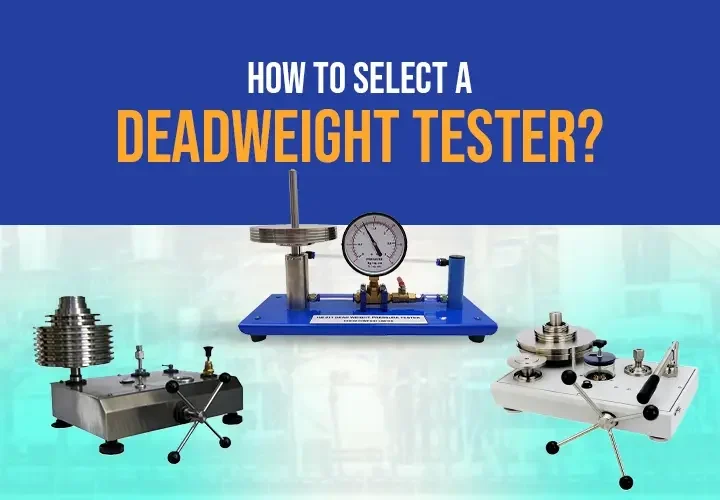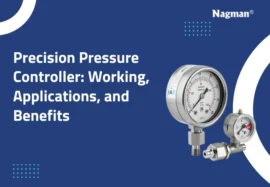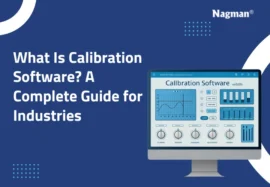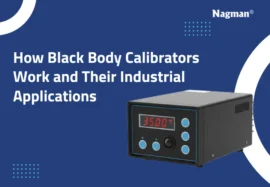Choosing a desirable deadweight tester is essential to guarantee accurate pressure instrument calibration. It’s challenging to decide when it has various alternatives on the market.
We’ll walk you through all the important things to imagine when selecting a deadweight tester. This Nagman article makes a reliable choice, from comprehending various tester kinds to assessing accuracy and compatibility.
What is a Dead Weight Tester?
A device called a “deadweight tester” divides the force’s weight by the area it applies to calibrate pressure. One uses deadweight testers with precise instruments to calibrate pressure gauges, transmitters, and other pressure-measuring equipment.
They work by balancing a known mass against the applied low-pressure calibrators to verify accuracy. Deadweight tests come in various forms: vertical and horizontal, with varied weight capabilities and degrees of accuracy.
Key Factors for Selecting the Right Dead Weight Tester
Accuracy and Precision:
These 2 factors should be considered above everything else when choosing a deadweight tester. Select a tester that satisfies the necessary accuracy requirements for your calibration. Higher accuracy is possible with high-precision testing, although it could cost more.
Weight Capacity:
Consider the pressure range that requires calibration. Choose a deadweight tester whose weight range includes the instrument’s pressure range plan to calibrate.
Pressure Generation:
A deadweight tester is an end-to-end solution focusing on creating and notifying the pressure levels. The generation of a negative gauge/vacuum remains the same in comparison to positive pressure. For reduced vacuum pressures with lower volumes, a dedicated hand pump can suffice. Meanwhile, the higher vacuum pressure of massive volumes requires an additional vacuum pump.
Type of Fluid:
Oil, water, or gas are a few fluids that deadweight testers may use to create a precision pressure controller. To guarantee reliable findings, use a tester whose fluid is compatible with the pressure calibrator instruments you calibrate.
Range:
Select a deadweight tester whose pressure range includes the pressures that require calibration. Consider the lowest and highest pressures needed to complete your calibration duties.
Pressure Media:
Consider the kind of fluid that the deadweight tester uses to generate pressure. The common mediums are gas, water, and oil. For reliable findings, ensure the tester you select uses material compatible with the pressure instruments you calibrate.
Adapters:
A deadweight tester might require a test port for merging the unit that goes through testing. With flexibility being their key feature, the test port connection in a deadweight tester must be adaptable to various pressure devices.
Portability:
You may require a standard or portable deadweight tester based on your calibration requirements. Benchtop variants are appropriate for laboratory environments, while portable testers provide flexibility for on-site calibration operations.
Automation and Integration:
Consider the tester’s capabilities like integrated calibration software and automated pressure generation. These characteristics decrease human error, increase efficiency, and simplify calibration.
Types of Dead Weight Testers
Piston-Cylinder Deadweight Testers:
These testers create pressure using a piston-cylinder arrangement. They are appropriate for calibrating pressure sensors in labs and calibration facilities because of their pole precision.
Hydraulic Deadweight Testers:
These test instruments create portable pressure calibrators using hydraulic fluid. They are lightweight, portable, and perfect for on-site calibration work in the industrial, oil & gas, and aerospace sectors.
Pneumatic Deadweight Tests:
Compressed gas can create pressure in pneumatic deadweight tests. Pneumatic transmitters and controllers are among the many pressure instruments that may be used to calibrate because of their versatility.
Wrapping Up:
Making the proper choice of deadweight tester is crucial to guaranteeing precise and trustworthy pressure instrument calibration. You may select a tester that satisfies your calibration requirements by considering elements like portability, automation capabilities, weight capacity, accuracy, and fluid type.
The integrity of your calibration process and adherence to industry standards depend on your choice of instrument, whether you go with a pneumatic, hydraulic, or piston-cylinder deadweight tester.
Ready to choose the perfect deadweight tester for your calibration needs? Explore our range of precision pressure controller and find the ideal solution for your requirements. Contact us today for expert guidance and assistance in picking the right tester for your calibration process.






